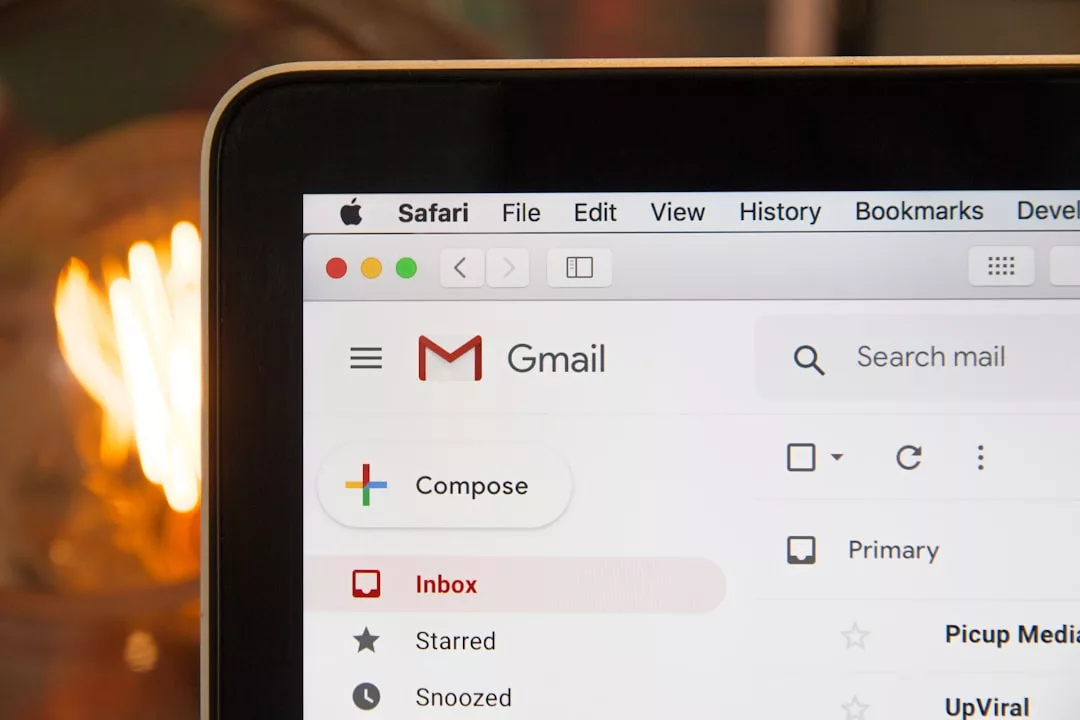Understanding the Importance of Email Segmentation
Email marketing has evolved into one of the most effective ways for businesses to connect with their audience. However, simply sending emails isn’t enough; you need to know how to segment your email list effectively to maximize engagement and conversion rates. Segmentation allows you to break down your audience into smaller, more targeted groups, making your messages more relevant and personalized. This blog post will guide you through effective strategies for segmenting your email list.
Identifying Your Segmentation Criteria
The first step in mastering email segmentation is to identify what criteria you’ll use to divide your list. Here are some effective segmentation criteria:
- Demographics: Age, gender, location, and job title can help you understand your audience’s preferences.
- Behavior: Track how your subscribers interact with your emails and website, including open rates, click rates, and purchases.
- Preferences: Ask your subscribers what types of content they want to receive. A simple preference survey can work wonders!
- Engagement Level: Segment based on how frequently customers interact with your emails. New subscribers, loyal customers, and inactive users all have different needs.
How to Segment Your Email List Effectively: Best Practices
Now that you know the criteria, let s explore some best practices on how to segment your email list effectively.
1. Use an Email Marketing Service
One of the easiest ways to segment your audience is by using a reliable email marketing service. Platforms like ConvertKit offer robust segmentation tools that allow you to create segments based on the criteria mentioned above. With ConvertKit, you can send targeted campaigns that address the specific needs of different audience groups, ensuring that your emails resonate better.
2. Create Custom Tags
Tags are a powerful way to categorize your subscribers. You can tag subscribers based on their behavior or interests, which is especially useful for sending tailored content. For instance, if a subscriber clicks on a specific product link, you could tag them as interested in Product A. This way, you can send follow-up emails that further engage these subscribers.
3. Implement a Welcome Series
Your welcome series is a perfect opportunity to segment your email list. By asking a few questions during the sign-up process, you can gauge a new subscriber’s interests and preferences. For example, you might ask which topics they are most interested in, allowing you to send them relevant content from the get-go. This not only builds trust but also sets the stage for future engagement.
4. Monitor and Analyze Performance
When learning how to segment your email list effectively, ongoing analysis is crucial. Keep track of how various segments are performing by monitoring key metrics like open rates and click-through rates. Utilize these insights to refine your approach, re-evaluating segments and making necessary adjustments to ensure continued effectiveness.
5. Test, Test, and Test!
Don t be afraid to experiment with different segments and strategies. A/B testing can be beneficial for finding out what works best for your audience. You might test various subject lines, content formats, or even time of day for sending emails. Each of these tests will give you deeper insights into your audience s preferences and behaviors.
Crafting Targeted Content
Once you’ve segmented your audience, it’s time to craft content that resonates. Your messages should address the specific interests and needs of each segment. This level of personalization boosts engagement and improves your chances of converting readers into customers.
Engaging with Inactive Subscribers
It s normal for subscribers to become inactive over time. However, you can re-engage them by creating a specific segment for these users. Send them tailored content, special offers, or surveys to find out why they ve drifted away. A targeted re-engagement campaign can help breathe new life into your relationship with these subscribers.
Utilizing Automation
Automation can streamline your email marketing efforts. By automating segment-specific campaigns, you can ensure timely delivery of relevant content without manual effort. For example, you could set up triggers that send welcome emails to new subscribers or reminders to those who haven t made a purchase in a while. Automating these processes saves time and enhances engagement.
Conclusion
Mastering email segmentation is key to enhancing your email marketing strategy. By understanding how to segment your email list effectively, you can create more personalized, engaging, and relevant campaigns. Whether you re looking to drive sales or build stronger relationships with your audience, segmentation can make all the difference.
If you haven t explored options like ConvertKit yet, it s a fantastic platform that can assist you in implementing these techniques effortlessly. Start segmenting today, and watch your engagement soar!

Leave a Reply Cancel reply